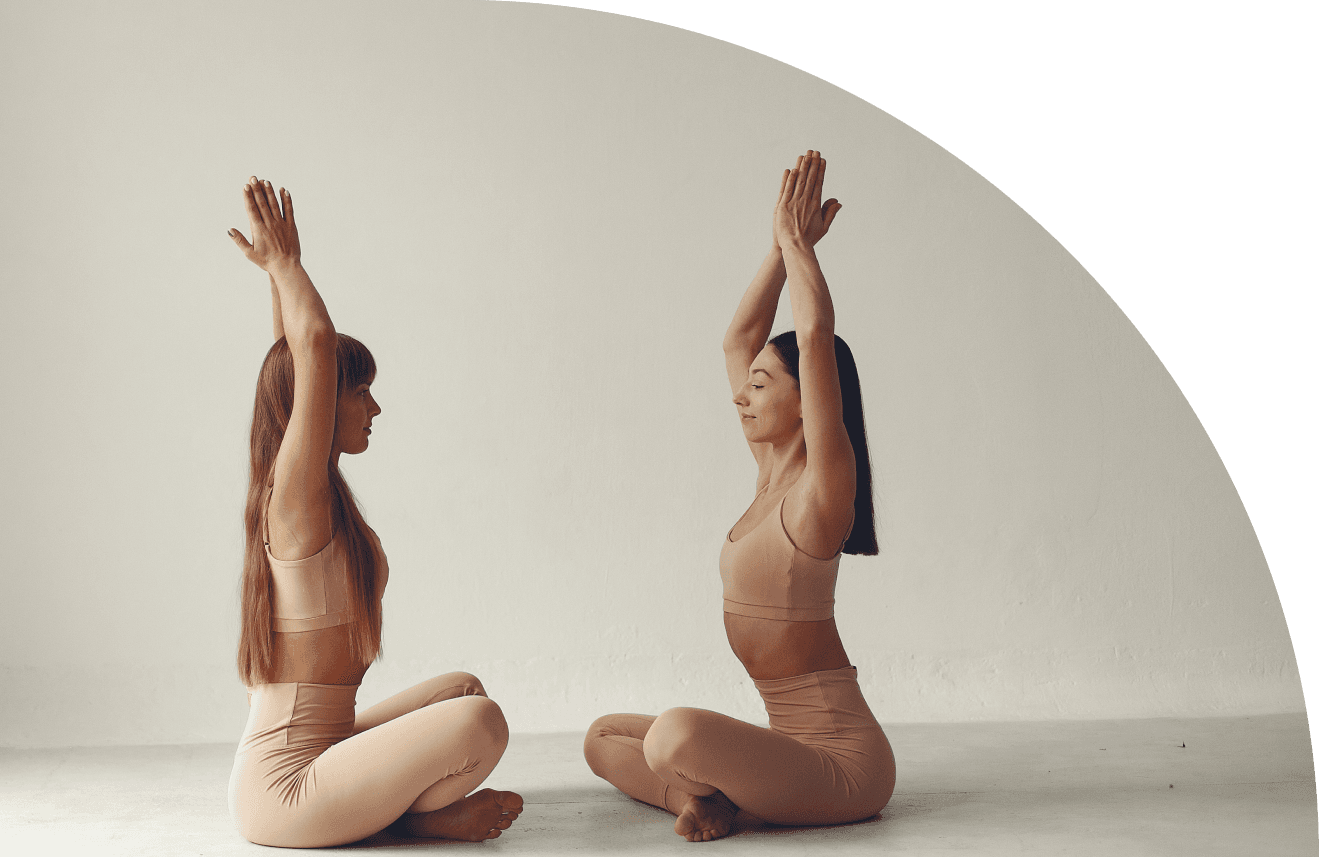Schedule
200 Hour Typical Schedule
| Time | Classes |
|---|---|
| 6:30 – 7:00 AM | Shatkarma |
| 7:00 – 9:00 AM | Pranayama/subtle yoga /Hatha/ Vinyasa flow yoga |
| 9:00 AM | Breakfast |
| 10:00 – 11:00 AM | Yoga Philosophy |
| 11:00 – 12:00 PM | Meditation |
| 12:00 – 1:00 PM | Alignment/ Adjustment/ Teaching Methodology |
| 1:00 – 2:00 PM | Lunch |
| 2:00 - 3:00 PM | Free time |
| 3:00 - 4:00 PM | Yoga anatomy and physiology |
| 4:00 – 5:30 PM | Ashtanga Yoga |
| 5:30 - 6:00 PM | Tea Break |
| 6:00PM + | Meditation |
300 Hour Typical Schedule
| Time | Classes |
|---|---|
| 6:00 – 7:00 AM | Shatkarma & Pranayama |
| 7:00 – 8:30 AM | Hatha/ Vinyasa flow yoga |
| 9:00 AM | Breakfast |
| 10:00 – 11:00 AM | Yoga Philosophy |
| 11:00 – 12:00 PM | Meditation |
| 12:00 – 1:00 PM | Alignment/ Adjustment/ Teaching Methodology |
| 1:00 – 3:00 PM | Lunch |
| 3:00- 4:00 PM | Yoga anatomy and physiology |
| 4:00 – 5:30 PM | Ashtanga Yoga |
| 5:30 PM | Tea Break |
| 6:00PM | Meditation |



